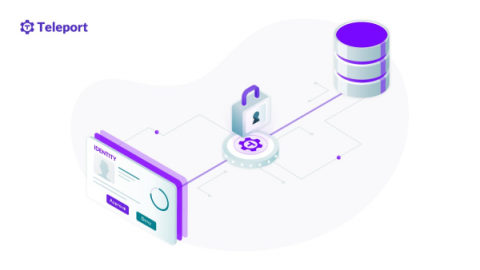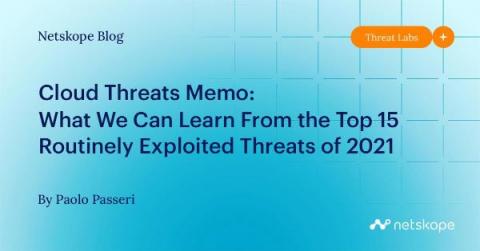Network evidence for defensible disclosure
What do I say if my team discovers a breach of our digital assets? This is a question that requires understanding “defensible disclosure,” a term first employed in the statistical, medical, legal, and financial communities.* Understanding what this term means and how to live up to its expectations is key in an age where organizations regularly handle intrusions and, sometimes, suffer breaches.











